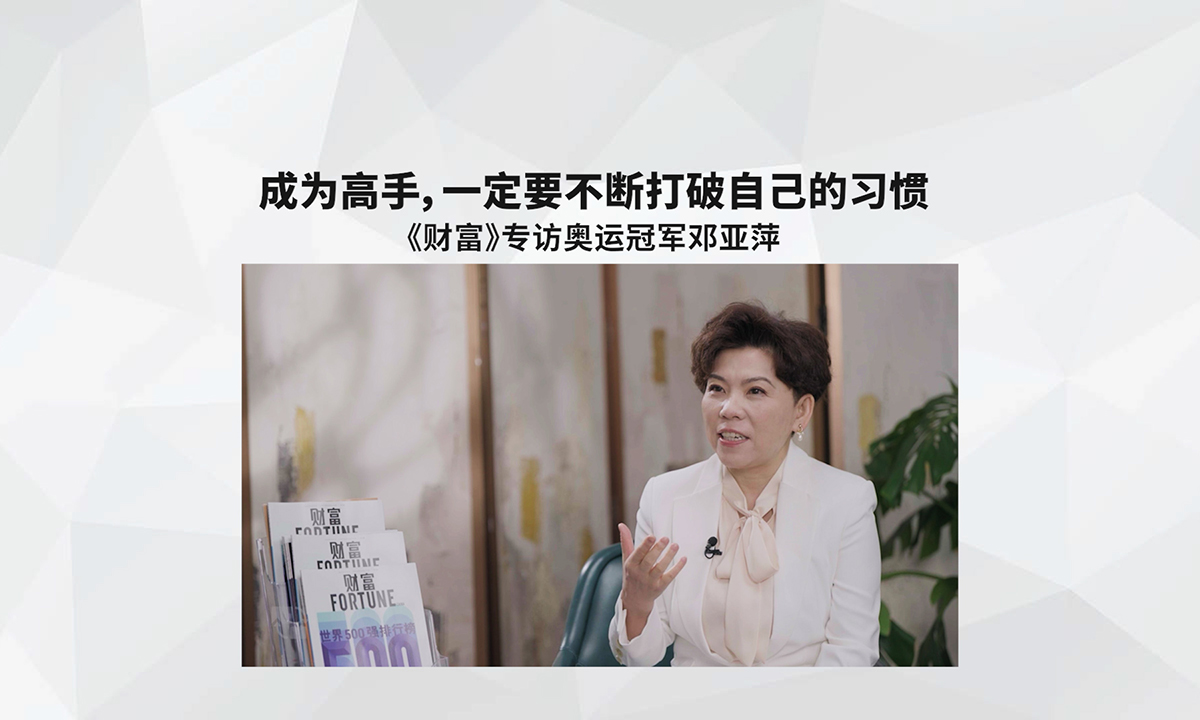英特尔的愿景:万物联网
上图为英特尔的“爱迪生”开发平台,它也是英特尔公司豪赌物联网的核心产品之一。
图片提供:Intel
|
英特尔当初错过了抢占移动市场的先手,被AMD和高通钻了空子。但眼下,英特尔决心豪赌计算领域的下一次大变革:物联网,让英特尔的芯片进入一切有形的物体。
今年六月,英特尔(Intel)披露了一些处理器技术的重大进展。首先是推出了英特尔的下一代至强融核(Xeon Phi)处理器。据英特尔公司自行估计,未来五年,这款处理器将给它的高性能计算业务带来每年20%的收入增长点。同时,英特尔还公布了Atom芯片的新架构。Atom可以说是芯片界的万金油,从平板电脑到汽车,几乎随处都是它大显身手之地。另外,英特尔还对正在研发中的很多处理器项目(如Bay Trail、Merrifield、Avaton和Rangely等等)进行了升级。
英特尔的这番大手笔充分彰显了它对未来的雄心壮志,以及它致力于开发所谓“物联网”的决心。更重要的是,它彰显了英特尔绝不放弃计算行业另一次重大变革的决心。
虽然英特尔是全球最大的半导体产品制造商,但它在移动计算行业无疑起步较晚。虽然英特尔一直主宰着超级计算机和个人电脑市场,但近年来由于对移动市场的突然崛起缺乏远见(又或许是时机把握得不好),使得AMD和高通(Qualcomm)等竞争对手得以在这个快速崛起的市场上从容地窃取不少市场份额。随着PC销量逐渐下滑(英特尔有70%左右的收入来自PC市场),英特尔显然已经意识到继续墨守成规的命运。它不打算第二次错过这条船。
英特尔公司的未来学家、首席工程师布莱恩•大卫•约翰逊指出:“我们已经见证了世界的屏幕化,我们也在让我们的计算能力顺应这种环境进行转变。”也就是把以智能手机和平板电脑为中心的计算能力,向以可穿戴技术和物联网技术为中心的计算能力转变。“从前我们曾经问过自己:‘我们可以把台式电脑缩小到可以放在人们的膝盖上吗?我们能把笔记本电脑缩小到能放到人们的口袋里吗?’当时问题总是‘我们能做到吗?’但是现在,随着承载重要计算能力的芯片尺寸缩小到几乎可以忽略不计,大家几乎可以把任何东西变成一台电脑。因此现在的问题也就变成了:‘我们想把什么东西变成一台电脑?为什么?’” |
After missteps in mobile, Intel is betting big on the next big shift in computing: The Internet of Things.
In June, Intel pulled back the veil on a number of significant advancements in processing technology. It introduced its next-generation Xeon Phi processor, a piece of technology that the company predicts will drive 20 percent annual revenue growth in its high-performance computing business in the next few years. It announced new architecture for its versatile Atom chip, found in everything from tablet computers to cars. And it offered an update to the myriad processor projects—Bay Trail! Merrifield! Avaton! Rangely!—in development.
Much of this plays into Intel’s vision of the future, one that signals the company’s commitment to developing the so-called Internet of Things—and, perhaps more important, its intense desire not to miss out on another major shift in computing.
The world’s largest maker of semiconductors was, without question, a late entrant to the mobile computing space. Though Intel has historically dominated the supercomputing and personal computer markets, its lack of foresight (or timing) for the sudden and rapid growth of the mobile market allowed competitors like AMD and Qualcomm to steal market share in the fastest-growing computing arena. With PC sales declining—Intel derives some 70 percent of its revenues from the PC market—the chipmaker is certainly aware of its own mortality. It doesn’t plan to miss the boat a second time.
“We’ve seen the screenification of the world, and now we’re moving to computational power in the environment,” says Brian David Johnson, Intel’s resident futurist and principal engineer, of the transition from smartphone- and tablet-centric computing toward wearable technology and other new types of computing that comprise the Internet of Things. “Before, we had to ask ourselves, ‘Can we take a desktop and make it fit onto somebody’s lap? Can we take a laptop and make it small enough to fit in somebody’s pocket?’ The question was always, ‘Can we do it?’ But now, as the size of meaningful computing power approaches zero, you can turn anything into a computer. So the question now becomes, ‘What do we want to turn into a computer, and why?’” |











